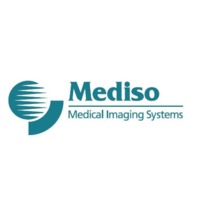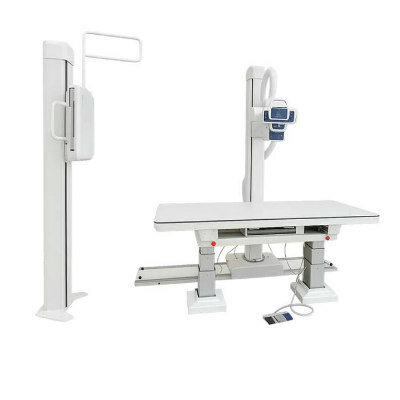Fast-Tracking Targeted Cancer Drugs with Radiotherapy into the Clinic
By MedImaging International staff writers
Posted on 24 Jan 2013
Researchers have developed new guidelines to help fast track the clinical development of targeted cancer drugs used in combination with radiation therapy.Posted on 24 Jan 2013
The suggested strategic guidelines were written up by the translational research program of the US National Cancer Institute (NCI; Rockville, MD, USA) and the NCI-funded Radiation Therapy Oncology Therapy Group. The guidelines, published January 2, 2013, in the Journal of the National Cancer Institute along with a recent commentary with lead author Yaacov Richard Lawrence, MRCP, an adjunct assistant professor in the department of radiation oncology at Thomas Jefferson University (Philadelphia, PA, USA) and director of the Center for Translational Research in Radiation Oncology at Sheba Medical Center (Tel Ha’Shomer, Israel), provides specific steps in the preclinical and early phase clinical trial process to get a comprehensive review and innovative targeted agents into the clinic more rapidly.
Molecular agents that target cellular survival and growth, such as Erlotinib and Sunitinib, have been developed over the past 10 years, but by themselves, have had only a slight effect on improved survival. However, combining such targeted agents with radiation therapy has the potential to improve cure rates and long-term overall survival. “There’s a missed opportunity in today's cancer care treatment,” said Dr. Lawrence. “There is very promising laboratory data out there, but the clinical development of these new drugs with radiation has been limited. Here, we have put together a road map to help overcome obstacles and speed the development of new pipeline drugs with radiation.”
Adding radiation therapy to existing chemotherapy agents has improved survival, and the authors of the commentary, which includes Adam P. Dicker, chair of the department of radiation oncology at Jefferson, believe new targeted therapies can follow in the same path. “We know we want to repeat that success with new biological drugs,” said Dr. Lawrence. “In order to do that, we need direction, which is sorely lacking. These guidelines explicitly explain how much evidence is needed to go forward from the lab into the clinic, and furthermore how to design the clinical trials in humans.”
The guidelines discussed key questions when investigating specific targeted agents and tumor types, designing new clinical trials, such as the “time-to-event continual reassessment method design” for phase I trials, and randomized phase II screening trials, and the utilization of surrogate endpoints, such as pathologic response. It also discussed the role and rationale of preclinical studies in radiation oncology-drug development and how to identify newer radiation response agents.
There are hurdles to drug development with radiation, according to the investigators. A key challenge is the lack of interest from the pharmaceutical industry in developing drugs with radiation, which is of special importance since the pharmaceutical industry funds a large amount of clinical cancer research. Furthermore, significant individual skills and institutional assurances are also required to ensure an effective program. The situation has been exacerbated by the recent decrease in radiation biologists.
The researchers hope that by providing a clear route, the guidelines will help the field conquer these hurdles and create a focus and interest in drug development. Some new approaches, the researchers say, include combining radiosensitizers with hypofractionated (high daily dose) radiation schedules and incorporated immunomodulators with radiation therapy.
“We feel passionate that a good way to push clinical care forward for cancer patients is by combining these two types of treatment: advanced radiation treatment together with the new generation of anticancer drugs,” remarked Dr. Lawrence. “We know where the future lies, and guidelines provide the path to bring us there.”
Related Links:
US National Cancer Institute
Thomas Jefferson University
Radiation Therapy Oncology Therapy Group














